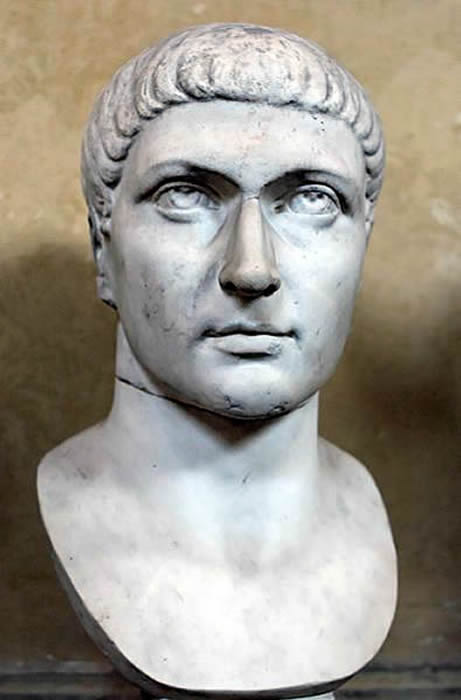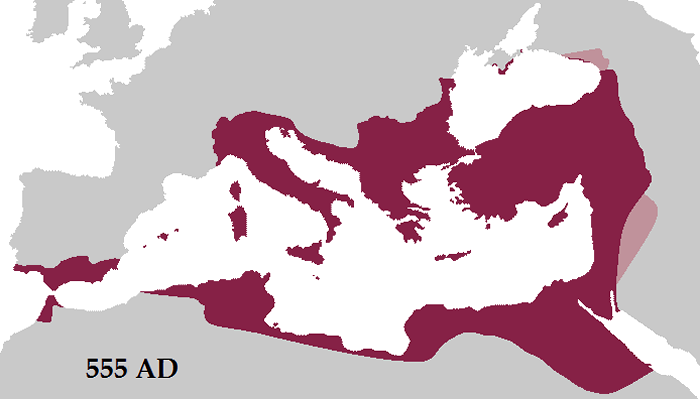 Byzantine Empire
Byzantine Empire

(Text by Duane R. Hurst © 2013)
Click on a link to view its information and pictures.
|
BYZANTINE LINKS: Significant Event: Battle of Adrianople Siege of Constantinople Main Cities: Constantinople Time: 286-1453 AD Language: Greek; Turkish Personage: Constantine; Heraclius; Justinian I Religion: Christianity Related Country: Greece; Turkey |
|
|
Brief History: I have included only a few items concerning the history of this empire. A good source for more details can be found on Wikipedia or in history books. EARLY EMPIRE: In 286 AD, Emperor Diocletian divided the original Roman empire into two separate political entities: Byzantine or eastern empire; Rome or western empire. The eastern capital at Constantinople strategically commanded entrance through the Dardanelles. The city (now called Istanbul) previously was a Greek city called Byzantium. In 657 BC, colonists from Megara in Attica founded the city. In 330 AD, Emperor Constantine made Byzantium his capital and renamed the city Constantinople. He also ordered construction of the city's massive walls and granted Christianity preferential treatment. BARBARIAN INVASIONS: In 332 AD, Constantine defeated Visigoths of Gutthiuda and reconquered southern Dacia. Barbarian tribes often threatened and clashed with Byzantine forces. The Battle of Adrianople on 9 August 378 AD was a turning point, when Gothic rebels destroyed an army under Emperor Valens. Emperor Theodosius I later made peace with various groups (including annual tribute to Huns under Attila), which lasted until his death in 395 AD. Alaric I, king of the Visigoths (395-410 AD) lost 10,000 troops while helping Theodosius defeat Franks in battle at Frigidus. Receiving nothing for his assistance, Alaric sacked numerous cities in Greece, including Corinth and Sparta. Byzantine Emperor, Flavius Arcadius, quickly granted Alaric control of Illyricum. Alaric later invaded Italy, received large payments from the western empire, and eventually sacked Rome in 410 AD. Attila's empire collapsed after his death in 453 AD, but Germanic and other tribes continued a migration into the western Roman empire. Byzantine emperor Zeno claimed rule over the entire Roman empire and encouraged king Theodoric of the Ostrogoths to conquer Italy, where general Odoacer seized control and refused to accept Zeno's dominion. Theodoric overthrew Odoacer in 493 AD and reigned over an Ostrogoth Kingdom. JUSTINIAN I: Between 527 and 565 AD, Justinian I ruled and expanded the Byzantine Empire. His best general, Belisarius, succeeded in north Africa against the Vandals and the Goths in Italy. Byzantine troops also assisted Visigoths in Spain, winning a portion in the south. Belisarius, coming out of retirement, repelled Kutrigur Huns along the Danube River. Justinian caused resettlement in the northwest Balkans of Croats and Serbs. During his reign, the Hagia Sophia was built. SHRINKING EMPIRE: Byzantine borders shrank under the reign of Heraclius (610-641 AD). Shortly after his accession, Sassanid forces occupied Damascus and Jerusalem. The invaders later were destroyed in battle at Nineveh in 627 AD. The war weakened both empires, which suffered from invading Muslims. They crushed a Byzantine army at Yarmouk and seized Ctesiphon. Islamic forces then conquered the Levant. A century later they laid siege to Constantinople (717-718 AD). The two forces clashed repeatedly until Constantinople fell in 1453 AD and the vestigial Byzantine Empire collapsed. |
|
|
© Page Publisher: Duane R. Hurst
|


